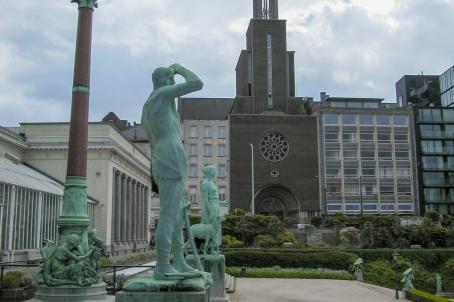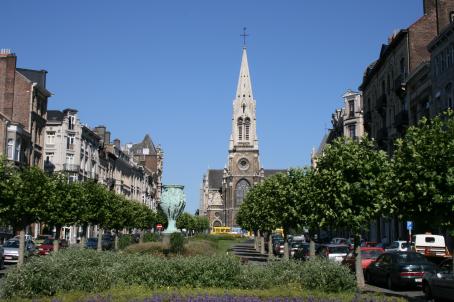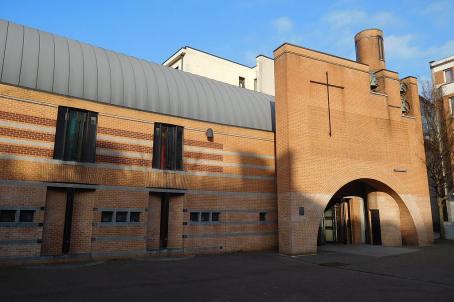Royal Church of Sainte-Marie
The Royal Church of St. Mary was built from 1845 to 1888 in the Romano-Byzantine style. The architect of the church, Louis van Overstraeten, was inspired in his design by the octagonal basilica of St. Vital in Ravenna (Italy). Deteriorating rapidly after the war, the Royal Church of St. Mary was closed to the public in 1966 because it was considered too dangerous. The church was saved by the "Friends of St. Mary's Church" association, which obtained its classification as a historical monument in 1976. After 14 years of renovation, the church was reopened to the public in 1996.






